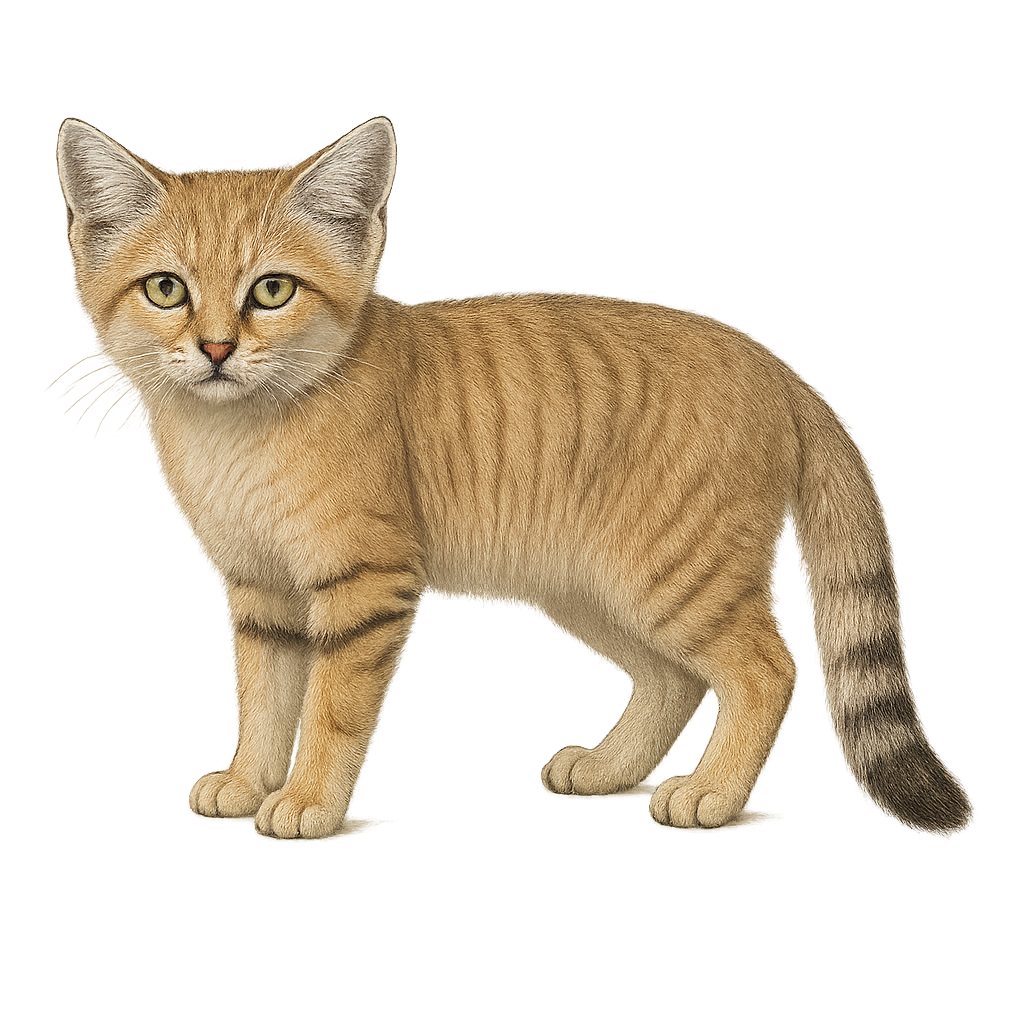Your wildlife photography guide.
Explore the sand cat in detail, study its behavior, prepare your shots.
Where to observe and photograph the sand cat in the wild
Learn where and when to spot the sand cat in the wild, how to identify the species based on distinctive features, and what natural environments it inhabits. The WildlifePhotographer app offers tailored photography tips that reflect the sand cat’s behavior, helping you capture better wildlife images. Explore the full species profile for key information including description, habitat, active periods, and approach techniques.
Sand cat
Scientific name: Felis margarita

IUCN Status: Near Threatened
Family: FELIDAE
Group: Mammals
Sensitivity to human approach: Suspicious
Minimum approach distance: 10 m
Rut period: January to March
Gestation: 59-66 jours
Births: March to May
Habitat:
deserts, steppes, savannas
Activity period :
Mainly active at night, generally discreet during the day.
Identification and description:
The Felis margarita, commonly known as the sand cat, is a fascinating feline that inhabits the desert regions of North Africa and the Middle East. This small cat is perfectly adapted to its arid environment, with wide, furry paws that allow it to walk on hot sand with ease. Its sand-colored coat provides excellent camouflage in its natural habitat. The sand cat is a nocturnal hunter, feeding mainly on small rodents, birds, and insects. It is known for its ability to survive with very little water, obtaining necessary moisture from its prey. Although discreet and difficult to observe, it plays a crucial role in the desert ecosystem by regulating small animal populations.
Recommended lens:
400 mm – adjust based on distance, desired framing (portrait or habitat), and approach conditions.
Photography tips:
To photograph the sand cat, it's essential to blend into the desert environment. Use a 400mm or longer telephoto lens to capture sharp images from a distance without disturbing the animal. Patience is crucial, as this feline is very discreet and primarily active at night. Opt for twilight hours to benefit from soft, natural light. A tripod can be helpful to stabilize your camera, especially in low-light conditions. Finally, be attentive to subtle sounds and movements that might reveal the presence of this elusive feline.
The WildlifePhotographer App is coming soon!
Be the first to explore the best nature spots, track rutting seasons, log your observations, and observe more wildlife.
Already 1 432 wildlife lovers subscribed worldwide

